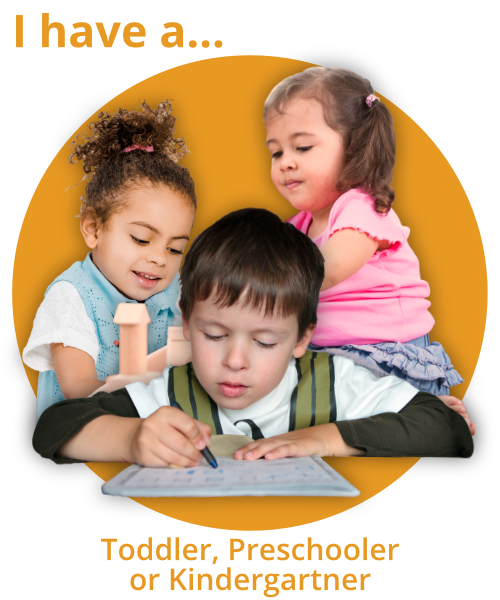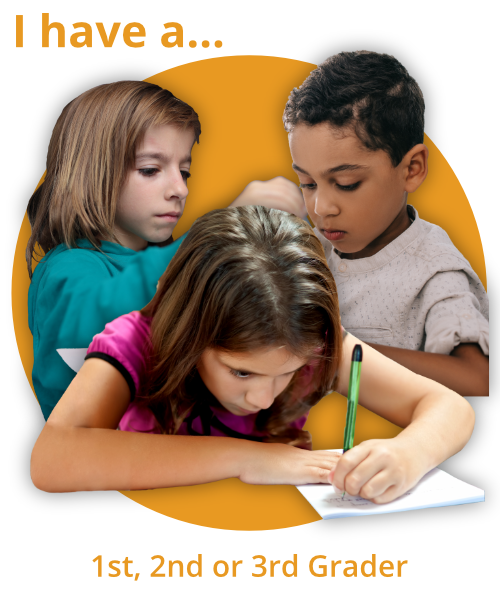Human Development is Messy. Montessori's Four Planes Helps.
Have you ever raised a litter of kittens? It's pretty amazing. Kittens are only kittens for a short time, little nothings with sharp claws and silky fur. Within just six months, they have changed into long, sleek, almost-adults capable of having litters of their own.
Watching kittens grow -- or plants sprout -- makes development seem so orderly and straight. We ingest calories; we grow bigger. We acquire information; we get smarter. Inputs and outputs.
Not a Line But a Wave
The truth is that growth happens not in a steady trickle but in waves of passion, long periods of lethargy, occasional bouts of depression and changed interests. Growing is push-pull, grab and release, ache and exaltation.
To us, the cat is the miracle of life in miniature. In July, it's a kitten. By Christmas, it's having kittens. But to the cat, the journey is long and hard and begins before it takes a breath. The time spent in the womb and the effort made in his own birth are intense and miraculous.
We forget that when our kitten's eyes were sealed shut, it must have felt like he was seeking nourishment out of the darkness for ages.
We overlook the energy it required to learn the physical skills needed to hunt for food -- to try and lift his entire body into the air and - for the first time - pounce.
It is the same with humans, but since our childhoods are so much longer, so, too, the journey. By adulthood, we've lost our memories of the darkness of the womb, the ache in our muscles from learning to stand upright and walk. Even the long, painful years we spend yearning for independence yet subject to the whims of adults fade in time.
But these events shape us -- whether in our conscious minds or not -- and when we take it all in, from conception to maturity, we see it is a long road worthy of our admiration. Growing up should be celebrated.
The Four Planes of Development
Still, our drive to find linear order in growth is strong. To counter, we find guidance in Maria Montessori's work. She described human development as occurring in a series of four planes, or periods, and in 1951 developed a graphic to help explain the concept. Here's a version:
The flame at birth represents the beginning of life: the spark of existence. As the child grows up and passes into and out of each plane, different characteristics emerge. They are surprisingly consistent across all of humanity regardless of culture.
The graphic is powerful because it lets us see that development is not as a single, smooth line but rather like waves. It very clearly distinguishes the different planes of development from one another yet shows their balance and unity. Notice, for example, how infancy and adolescence mirror each other, as does the elementary child and the college age almost-adult.
Moreover, it captures the journey within each plane itself -- for example, the change at age 3 from toddler to preschooler. Growth and development become like waves within waves, a turbulent ebb and flow that captures the truth of the matter. Growing up is hard.
The Story Continues
For all it's strengths, no single image can really capture the complexity of development. The sharp points of the triangles and the heavy lines convey too much rigidity or structure. Growth is more like the gradual lift and decline of a hill, not the stiff peak of a mountain. (Maria must have felt the same hesitation because she later developed a more organic visualization).
None-the-less, thinking of child development in this way is truly powerful, for it simultaneously recognizes the ebb and flow of development while giving it an understandable structure. Like the kitten that seems to age before our eyes, the chart makes tangible what is abstract. The miracle of life in miniature.




